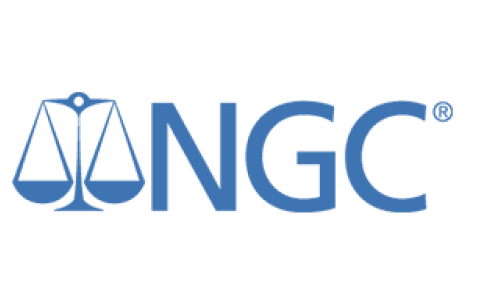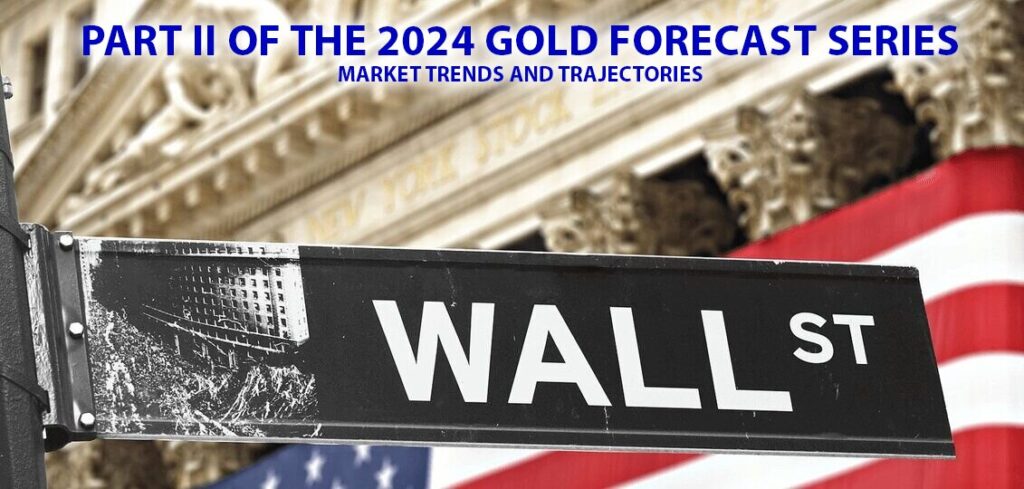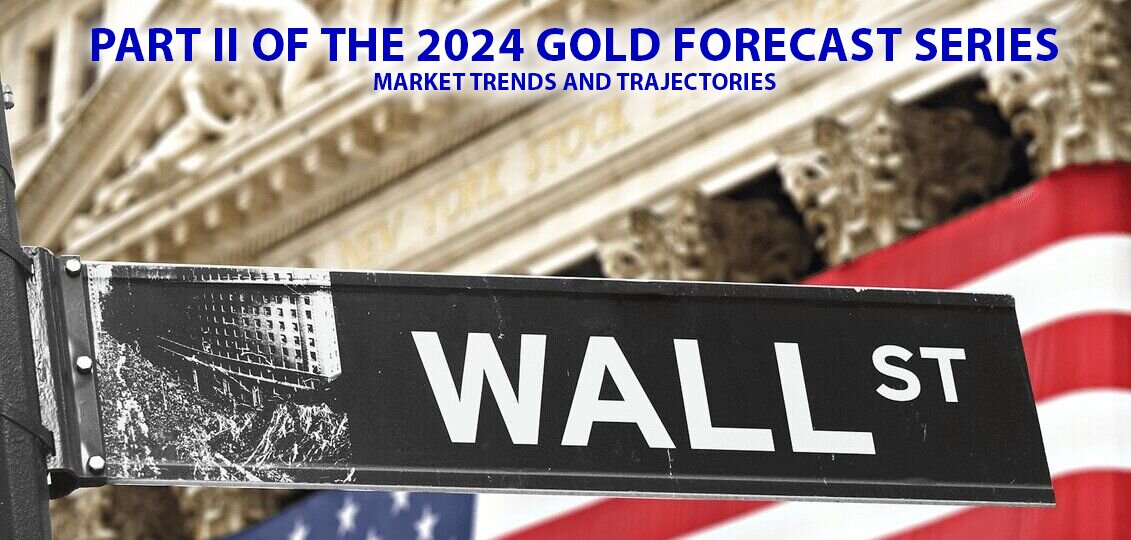Morgan Stanley expects Inverted Yield curve in 2019
By Sue Change | July 12, 2018
10-year Treasury yield predicted to slide to 2.50% over the next 12 months

Morgan Stanley expects the inverted yield curve, the Four Horsemen of the Apocalypse for the economy, to show up in 2019.
The inverted yield curve is the Four Horsemen of the Apocalypse of the economy — investors fear them because in the past they have often preceded recessions.
Strategists at Morgan Stanley on Thursday predicted the yield curve will invert by the middle of 2019, although they stopped short of issuing a recession warning.
An inverted yield curve is where long-term yields, typically the 10-year Treasury yield moves below short-term rates and tends to indicate a lack of confidence in the economy in the near term. The spread between the two durations has steadily narrowed this year, in part because of the Federal Reserve’s move to hike interest rates in keeping with its effort to normalize monetary policy.
However, Morgan Stanley strategists believe the Fed will curtail its normalization process sooner than expected and announce a halt as early as March.
“At its March 2019 meeting, we expect the Fed to (1) raise the effective federal funds rate target range by 25 basis points to 2.25-2.50%, (2) lower interest on reserves within the range by 5 basis points, and (3) announce that it will begin implementing its plan to end balance sheet normalization in April,” they wrote.
The strategists predicted the 10-year treasury yield will be at 2.7% by the end of 2018, versus 2.85% currently, and 2.50% by mid-2019, resulting in an inverted curve.

They also warned that investors are underestimating the size of the System Open Market Account required to keep EFFR within the Fed’s target range. The SOMA is a portfolio of assets that the central bank buys in open-market operations.
“We expect the SOMA portfolio to be just above $3.8 trillion at the end of 2020, assuming the Fed does not take rates to the zero lower bound by then,” said the strategists. “Our projection assumes that balance sheet normalization ends in September 2019.”
As such, Morgan Stanley is recommending investors to overweight Treasuries and underweight corporate bonds.















